The market is constantly evolving, and today, it has become more competitive than ever before. And what's more important is that customers expect an amazing personal experience from every brand they choose to engage with. This is where ecommerce personalization comes in. By leveraging data, AI, and smart personalization tools, you can transform your website and boost conversions, retention, and customer loyalty.
In this piece, we are shifting our focus to personalization in ecommerce, its key elements, and the most effective strategies to utilize today.
Understanding E-Commerce Personalization
What Is E-Commerce Personalization?
 Note
Note
E-commerce personalization is the process of tailoring the online shopping experience to your individual customers. You can achieve that by using the available data, such as browsing behavior, purchase history, demographics, and real-time context.
Instead of presenting every shopper with the same page, you can dynamically adapt product recommendations, search results, promotions, and content to match each customer's intent.
At its simplest form, customer personalization in ecommerce might mean showing related products on a product page. At its most advance,d though, it involves AI ecommerce personalization that can predict customer needs before they even express them. A great example of this is recommending weather-appropriate clothing based on location.
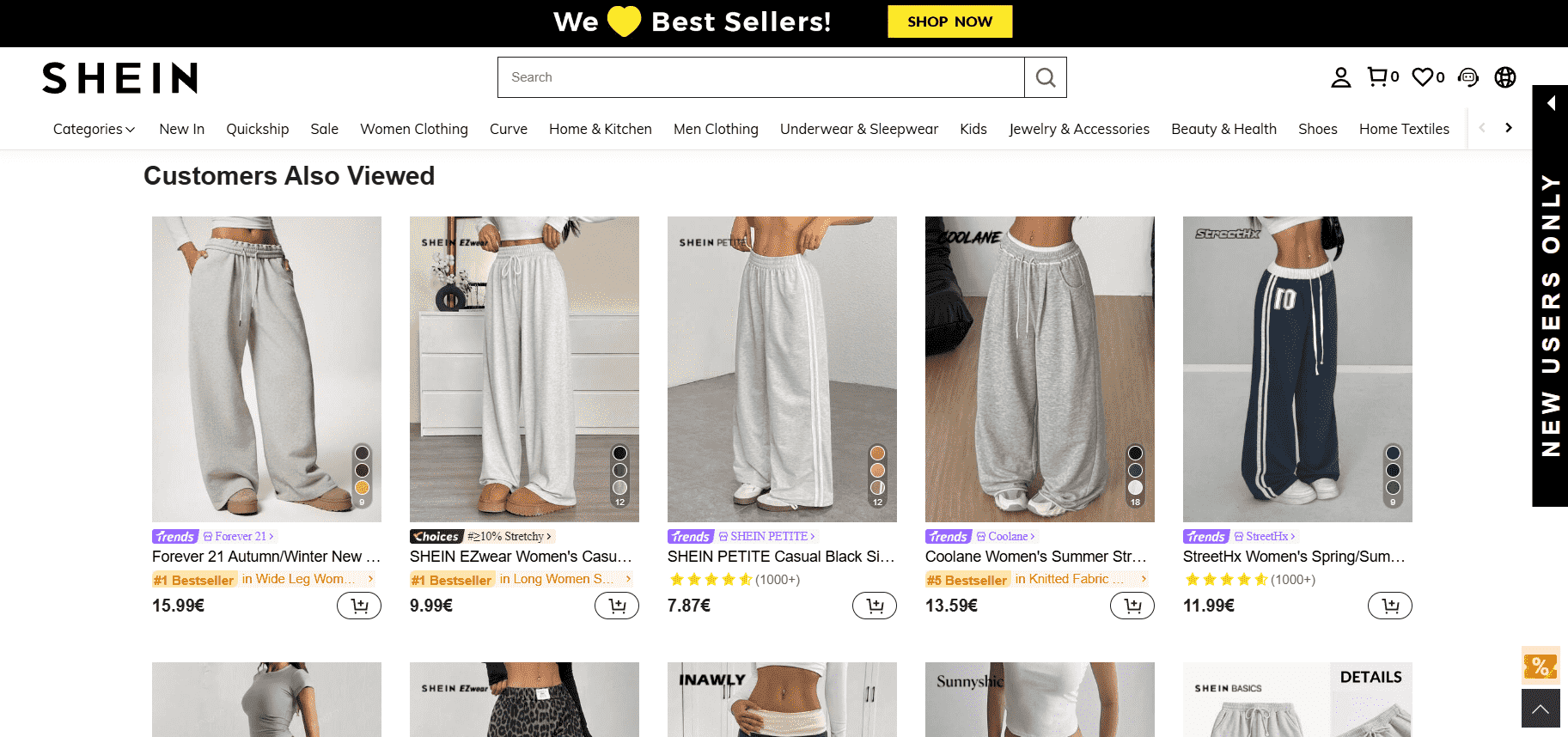
This shift in customers' expectations shows something critical. Businesses need to do as much as possible to provide a curated experience that feels relevant and personal.
Why Is Personalization in E-Commerce Critical for Growth?
Data-driven personalization for ecommerce isn't just a trend, but rather a necessity, if not a survival factor for most businesses. And you need more proof for that, these statistics will definitely convince you:
- According to Netcore, 91% of shoppers would stop patronizing an online retailer after a poor shopping experience,
- According to Statista's research, 49% of US consumers find personalized product recommendations desirable,
- Wunderkind reports that 83% of customers are likely to choose a company that recommends products similar to the ones they have recently browsed.
Taking all this into consideration, it is easy to figure out that following the current ecommerce personalization trends will benefit your company.
In more detail, personalization drives:
- Higher conversion rates through relevant product discovery, showing customers numerous options of what they are already interested in,
- Increased average order value (AOV) via cross-selling and upselling, especially for customers that have already engaged with your brand,
- Greater customer retention and loyalty, since your shoppers feel recognized and understood.
Key Elements of E-Commerce Site Personalization
Now that we have cleared what ecommerce personalization is, it is time to move to more practical matters. An ecommerce personalization platform typically helps you manage several different elements, so that you can provide the most optimized experience to your audience.
Some of the elements of an ecommerce site's personalization are the following:
- Homepage Personalization: This element might include dynamic banners, hero images, and curated product collections based on past browsing or purchase behavior. Adding these to a homepage will help you create a strong first impression, and entice returning visitors to complete their purchases.
- E-commerce Search Personalization: There is no doubt that AI personalization in e-commerce can improve search relevance. This technology will rank results based on customer intent, purchase history, and popularity among similar shoppers.
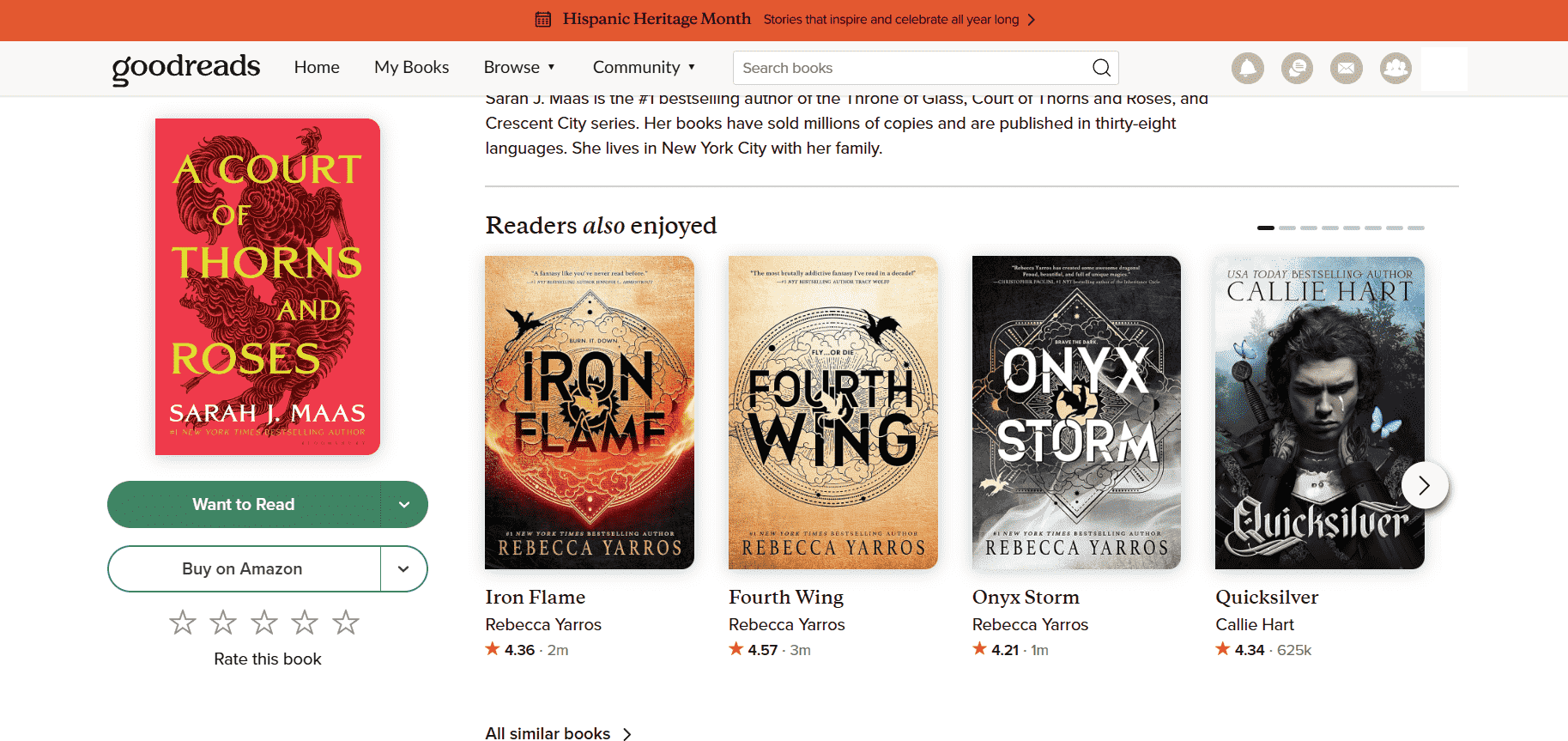
- Personalized Product Recommendations: Probably the most common example of an ecommerce personalization tool is product recommendations. Typically, this will appear as "Frequently bought together", "You may also like", "Similar users have also bought" sections. The goal of this element is to provide personalized cross-sell recommendations.
- Ecommerce Content Personalization Across Channels: You can also choose to personalize blogs, guides, and product descriptions for particular customer segments. For B2B ecommerce personalization, this is even more critical.
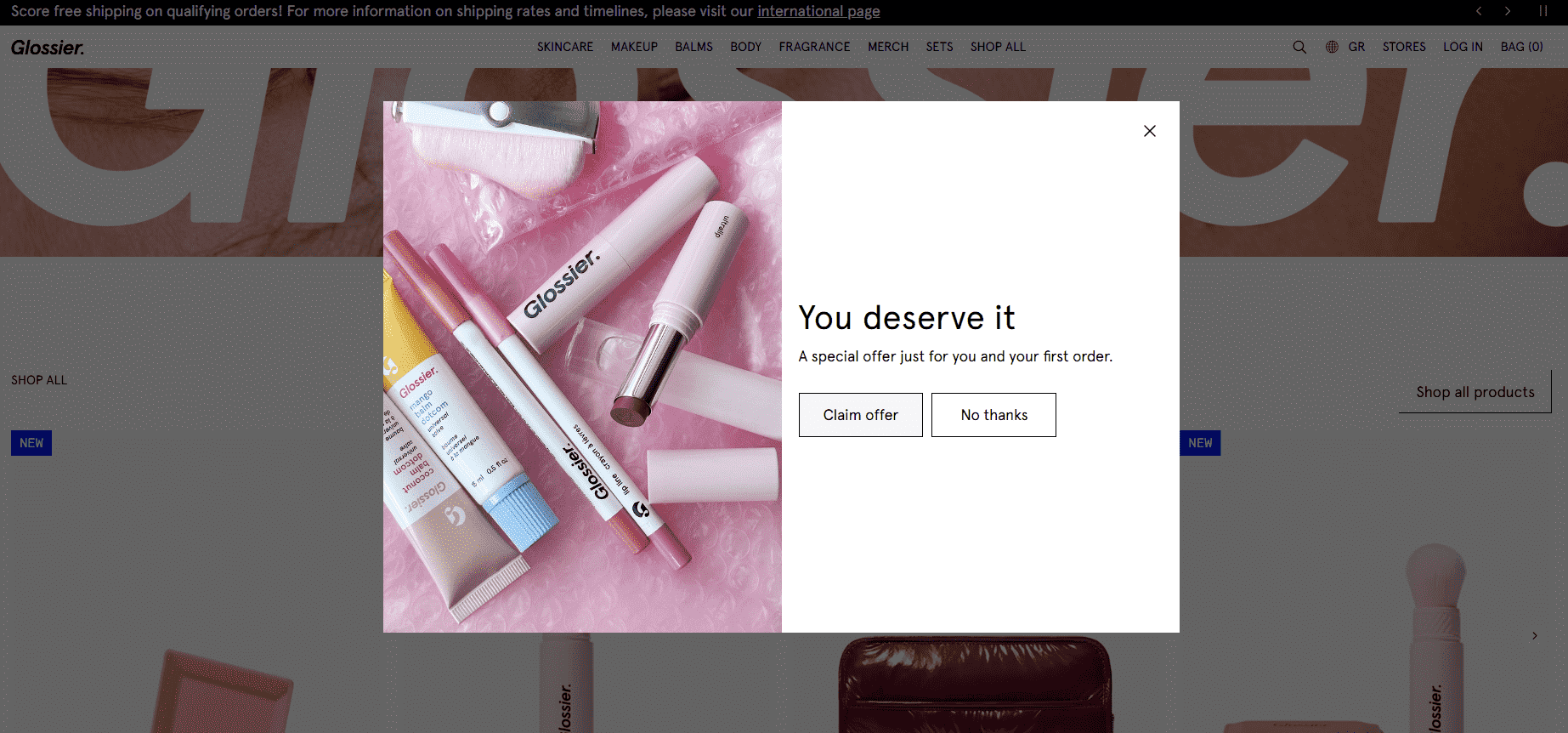
- Personalized Pricing, Promotions, and Offers: With this element, you can offer dynamic discounts and loyalty points to specific customer segments. For example, you can create separate offers for first-time and returning shoppers.
- Email & SMS Personalization: Another important personalization element most suitable for customer retention is triggered campaigns. For instance, you can set up cart abandonment, re-engagement offers, and birthday discounts campaigns, among others, to ensure that your customers feel valued. The right personalization software for e-commerce will enable you to use all channels for this purpose.
Top 8 E-Commerce Personalization Strategies
As we've seen in the last section, personalization elements can fit into many different sections of an e-shop, as well as your communications. Now, we are going to dive into the most effective strategies, along with ecommerce personalization examples.
#1 AI E-Commerce Personalization for Smarter Product Recommendations
Machine learning and artificial intelligence algorithms predict what customers are most likely to purchase next. By leveraging their potential, you can boost AOV and engagement. An excellent example of that is Amazon's personalized recommendations.
Amazon is really the blueprint for this strategy, as it has pioneered it. In fact, it has been reported that the tech giant earns 35% of its revenue from its recommendation engine. If you browse into a random product page on Amazon, you will notice several recommendation sections, such as "Customers who bought this also bought", "Related products with free delivery", and "4 stars and above products".
#2 E-commerce Search Personalization for Higher Conversions
When a customer types into the search bar, results should reflect past behavior and preferences. Artificial intelligence can really lead to even better results, and Sephora has managed to take full advantage of its capabilities. When a user starts typing something on the website's search bar, they will immediately see trending categories and product suggestions that are currently popular among shoppers.
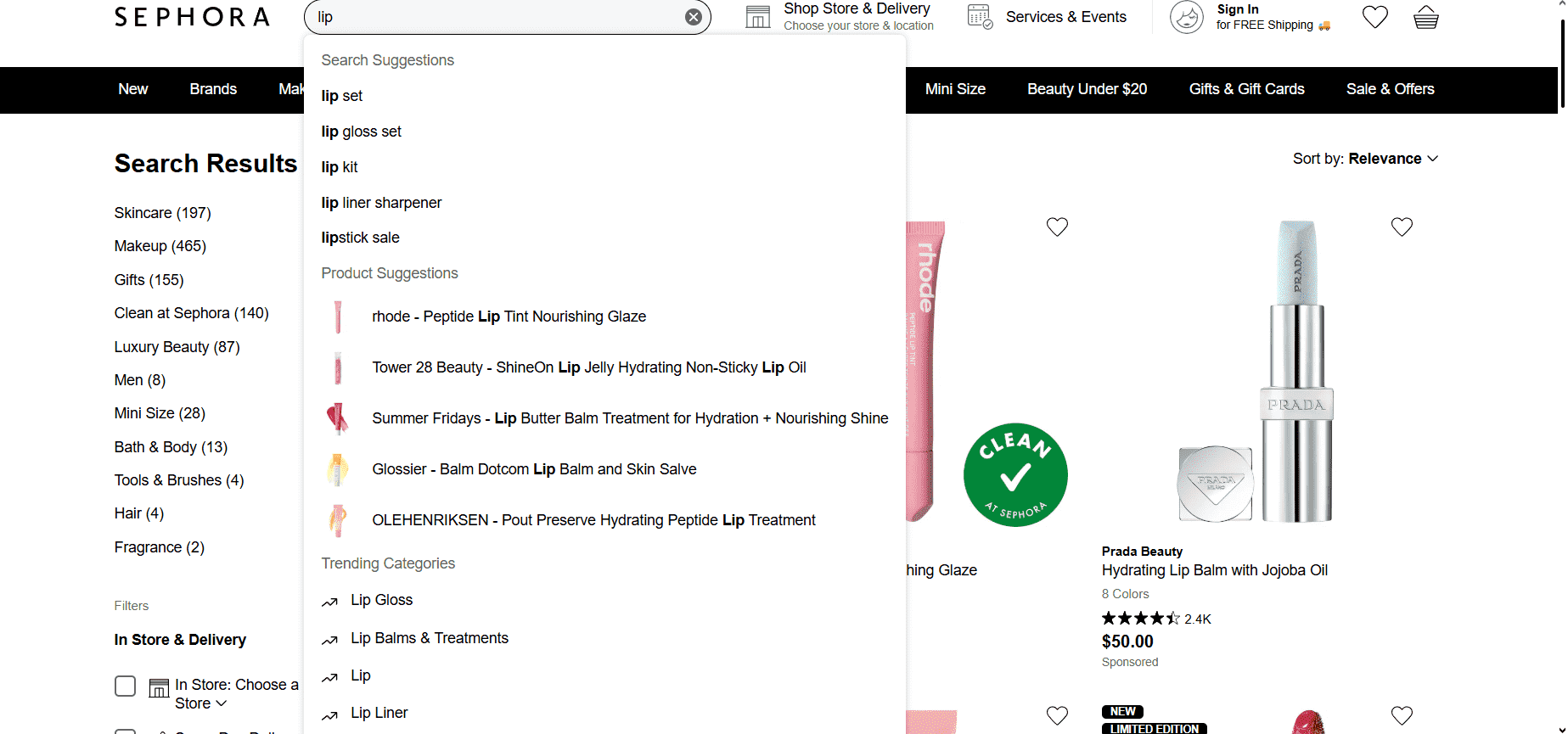
#3 Homepage Personalization in E-Commerce with Dynamic Content
Your homepage should adapt dynamically to new visitors, returning customers, or seasonal shoppers. This way, you can attract each segment and build a solid relationship with them. However, some brands over-personalize their content, leading to confusion and distrust. A failed example of personalization in ecommerce is Spotify. While the idea of offering personalized playlists to users is great, many have viewed it as intrusive and creepy.
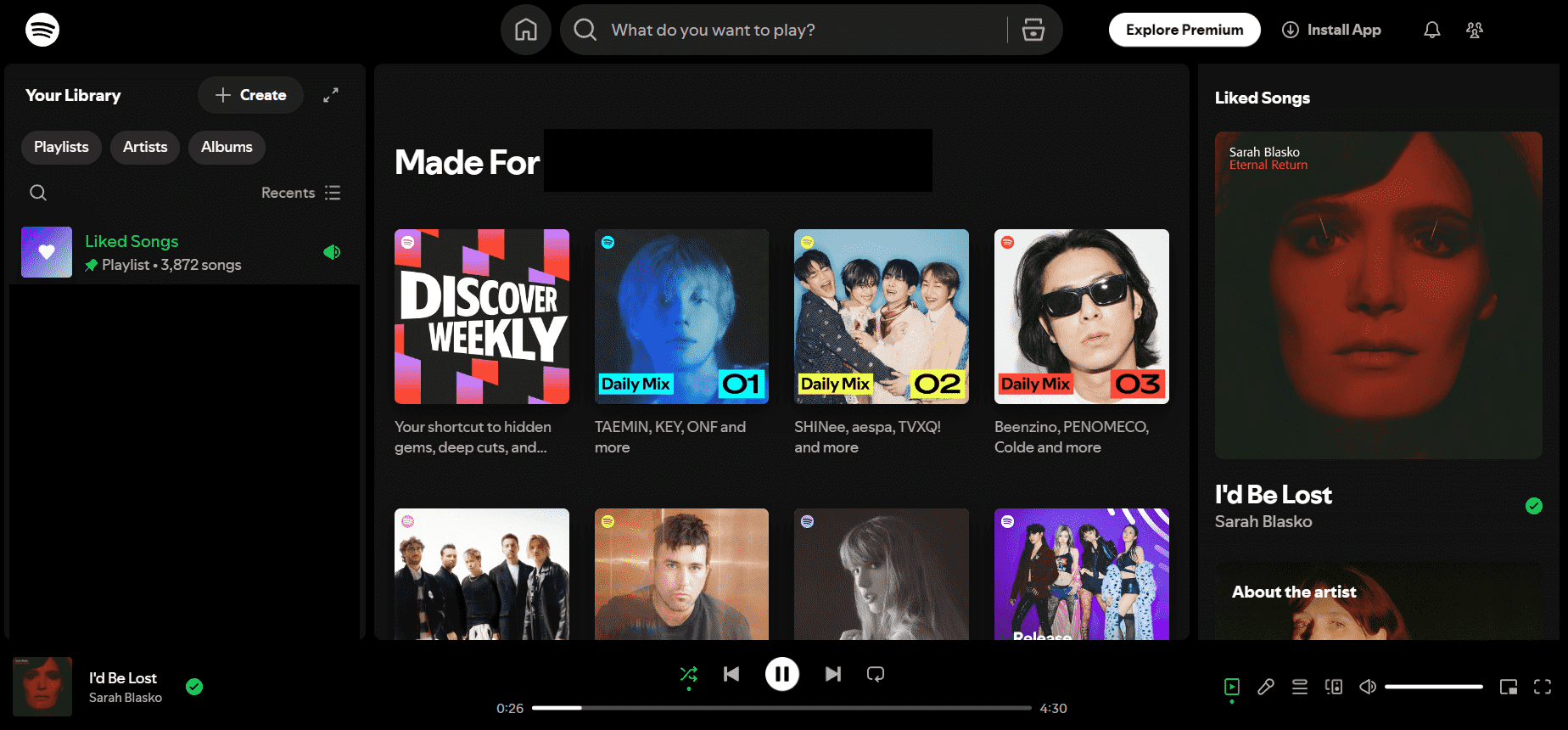
#4 Behavior-Based Email Personalization in E-Commerce
One of the most popular ecommerce personalization trends is triggering emails based on customer behavior. This includes cart abandonment, browsing activity, or inactive accounts. When you make these communications timely and relevant, you re-engage your audience and bring them back to your brand.
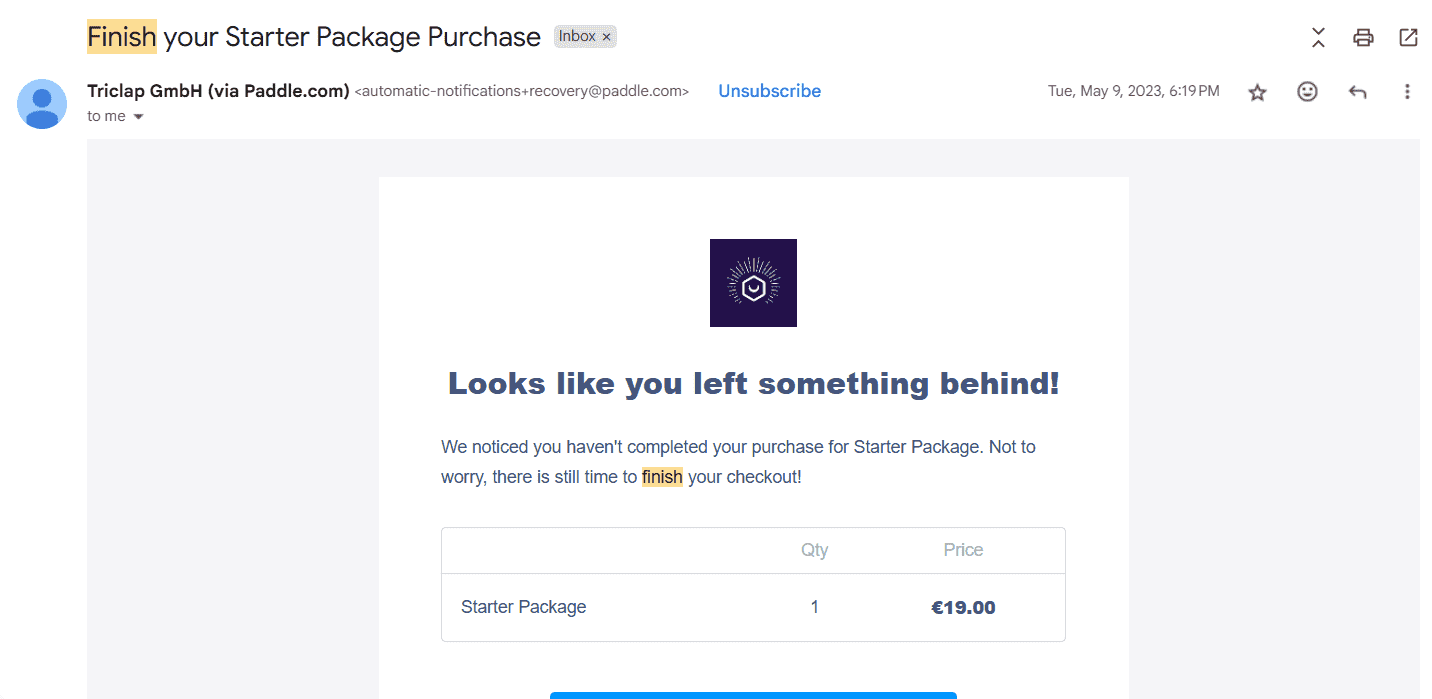
#5 Location-Based E-Commerce Personalization Strategies
By leveraging geolocation, you can recommend the right product to the right audience. For example, you can recommend weather-appropriate products, promote regional offers, or customize shipping options. This way, your visitors will immediately see what is most relevant to them, enticing them to engage further with your company.
#6 Personalized Promotions & Discounts with E-Commerce Personalization Tools
Not every customer responds to the same promotion. Personalization software for ecommerce allows you to tailor discounts to loyal customers. Booking has introduced the Genius Loyalty Program that rewards customers who use the service a lot with personalized offers and discounts.
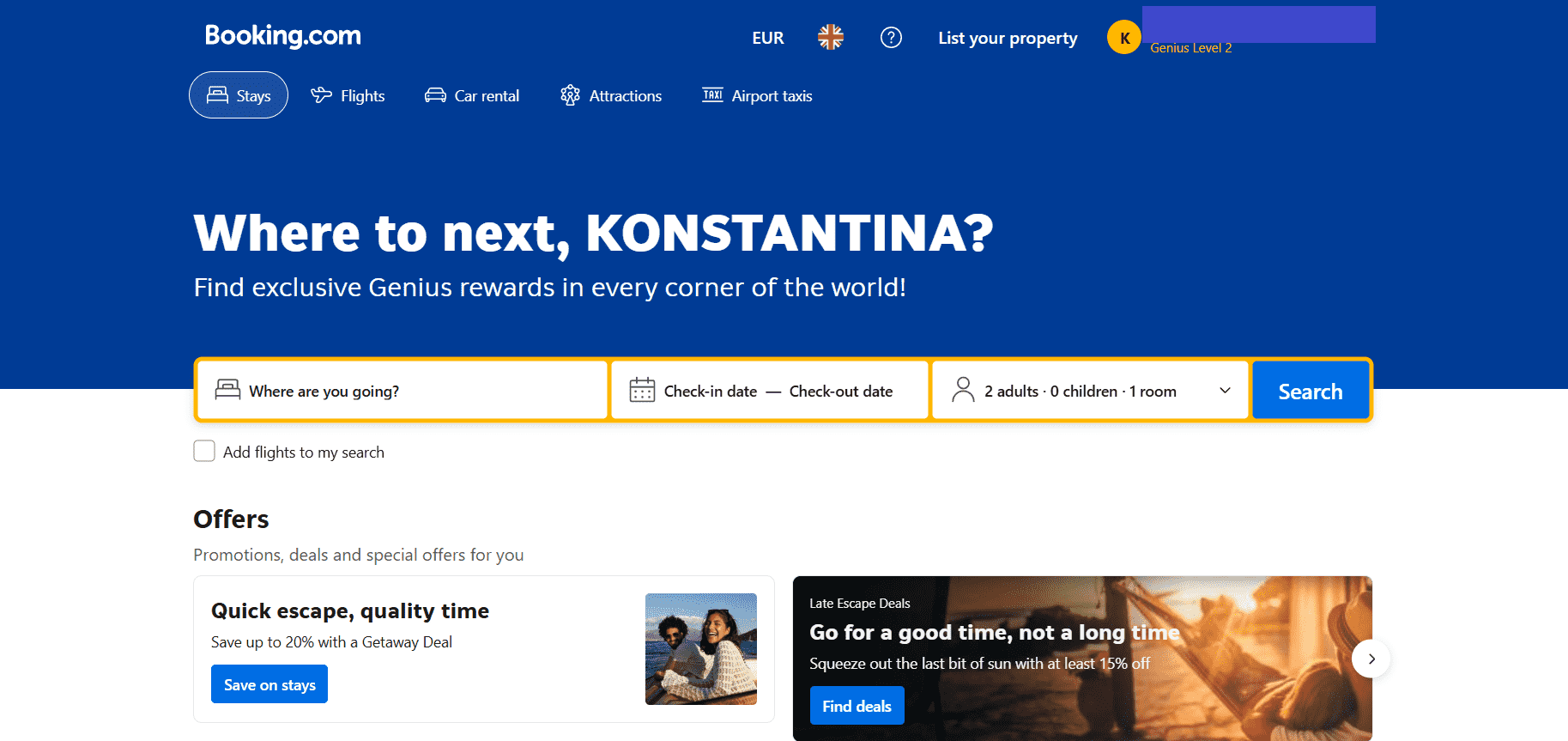
#7 E-Commerce Content Personalization for Enhanced Engagement
This strategy is perfect for B2B ecommerce personalization as it brings something of value to your customers. Craft an engaging and personalized communication strategy, where the content is tailored for each receiver. For instance, you can set up different workflows for new clients and customers who have been doing business with you for a long time.
#8 Post-Purchase E-Commerce Personalization to Drive Loyalty
Retention is cheaper than acquisition. This is why post-purchase personalization is so efficient. This strategy includes recommending accessories, sending product care tips, or prompting your clients to leave their reviews with incentives. Your ecommerce personalization software will allow you to send these communications at the right time after the purchase.
How to Implement an E-Commerce Personalization Strategy
But how can you actually implement one of these strategies? Is it enough to get an ecommerce personalization platform? In this section, we are going through the steps you will need to take.
-
1
Define Your Personalization Goals
In today's world, it is hard to imagine a business that does not have a social media presence. Whether your business is a small mom-and-pop store. Personalization is no different than your other marketing endeavors in the sense that you also need to have clearly defined goals. Therefore, decide if you want to boost conversions, improve AOV, or strengthen retention with your efforts. -
2
Collect and Analyze Data for Customer Personalization in E-Commerce
Then, you need to build accurate customer profiles. This data-driven personalization for ecommerce uses first-party data and CRM insights to paint the full picture. -
3
Choose the Best E-Commerce Personalization Software
Another important step is to find the right tool for your business. Select a solution that balances scalability, AI-driven insights, and integration with your existing workflow. -
4
Start Small with E-Commerce Personalization Trends and Scale Gradually
Begin with simple and proven tactics like product recommendations. Once you have implemented those, you can expand into AI-driven personalization across multiple channels. This practice helps you not to get overwhelmed and build a solid strategy that works. -
5
Optimize Your Personalization Strategy Continuously
Finally, optimization should become your standard practice. Regularly A/B test your personalized campaigns, monitor the KPIs to refine your strategies as customer expectations evolve.
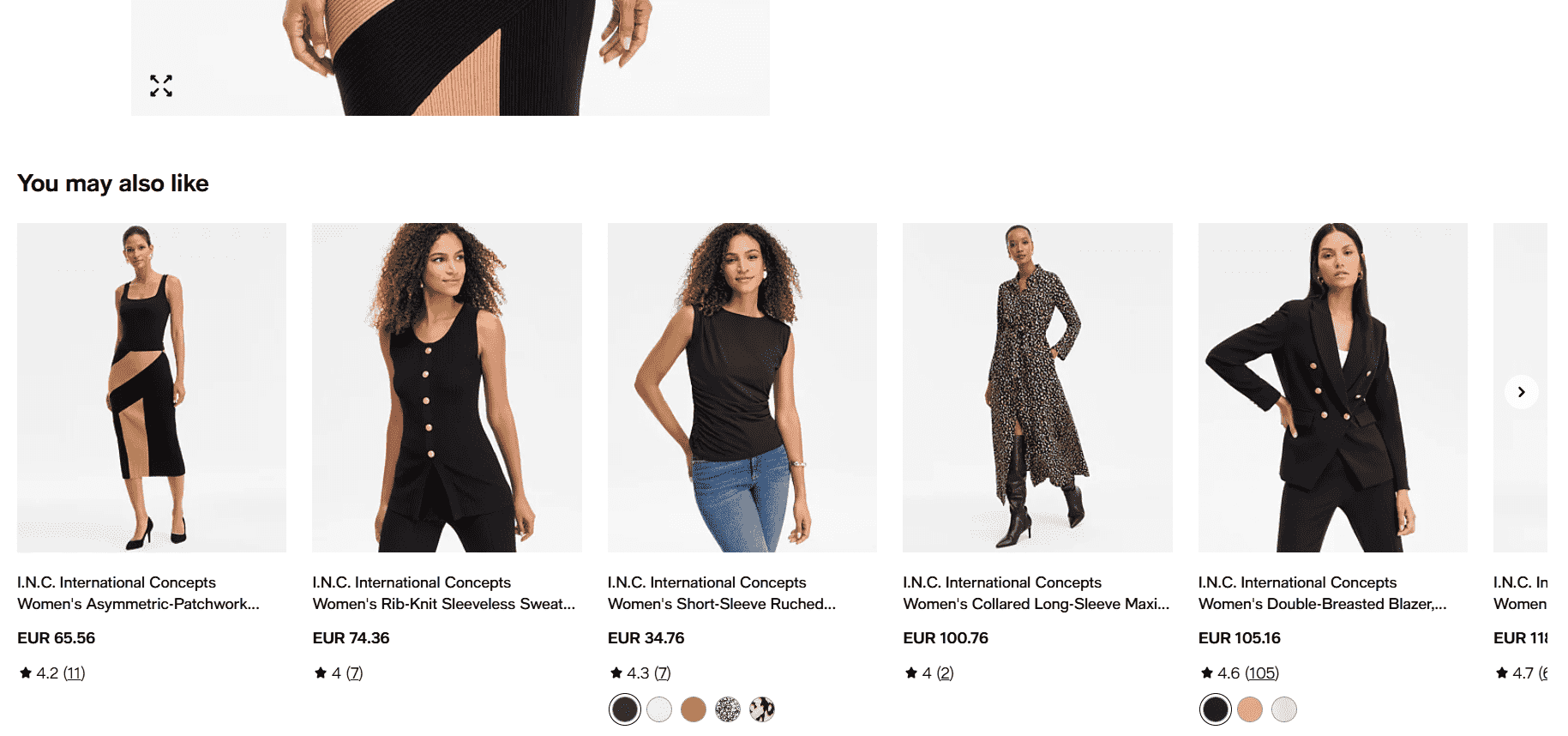
Mastering E-commerce Personalization with EngageLab

EngageLab equips marketing directors, SaaS founders, and ecommerce teams with tools to implement AI ecommerce personalization and data-driven personalization for ecommerce without requiring deep technical knowledge.
Start Your E-commerce JourneyFrom advanced segmentation to cross-channel personalization, EngageLab helps you deliver experiences tailored to each shopper. Furthermore, the platform gives you the opportunity to turn raw customer data into actionable personalization strategies. Through real-time analytics, you can monitor your campaigns, optimize them, and increase retention and customer lifetime value.
Recommended Reading List on EngageLab's Blog
- Dynamic Email: Definition, Process, Benefits, and Applications
- Email Personalization - A Guide for Better Email Marketing
- Push Notification Segmentation Strategies for Campaign Success in 2025
Final Thoughts
Personalized ecommerce strategies are no longer just nice to have, but essential for your company's growth. Every interaction can be customized to meet customer expectations, providing an outstanding experience that will bring them back for more.
With EngageLab's ecommerce personalization platform, you can confidently adopt the best strategies, build trust with customers, and thrive in an increasingly competitive landscape.
Create Your Account Today to Start Exploring Your Options!







